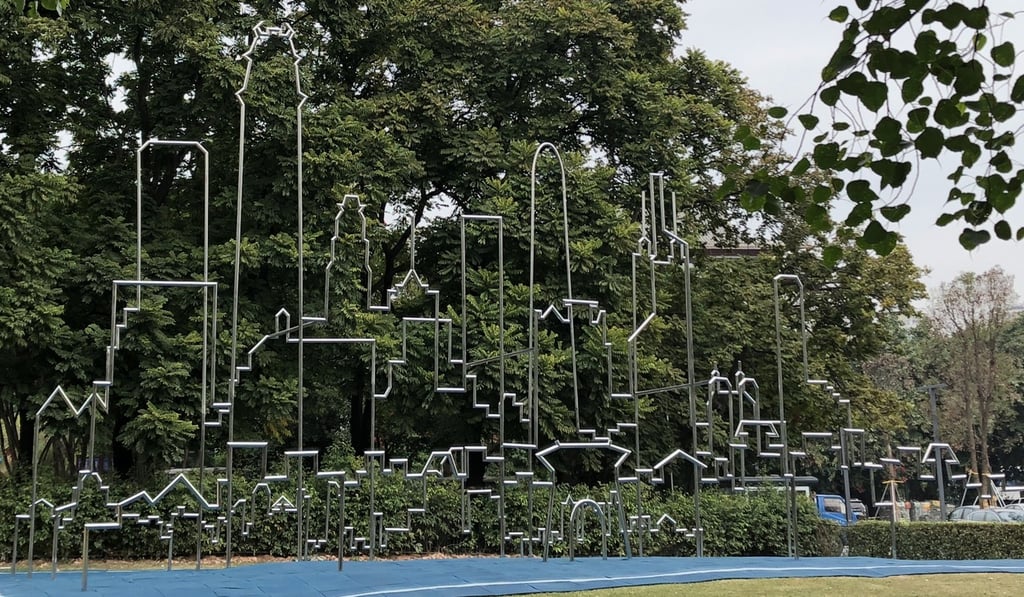Censorship, muddled thinking undermine Shenzhen-Hong Kong expo on urban design and architecture
Cross-border exhibition meant to bring the cities together instead highlights differences and throws up contradictions, not least its staging in an urban village in Shenzhen without reference to Beijing’s razing of such settlements

The clumsily named Bi-City Biennale of Urbanism\Architecture is a cross-border exhibition whose premise is to bring Shenzhen and Hong Kong together; in fact, in an echo of China’s “one country, two systems” formula for ruling Hong Kong, the show operates on the principle of “one biennale, two systems”.
The event’s seventh edition, which opened last week, continues to see the two sections run as separate entities with their own curators – and the result is two very different shows, each with its own problems.
It remains a rare and important platform for architects, artists and urban planners to consider the future of urban living while being informed by the unique geography of the biennale’s host cities, smack bang in the heart of the world’s most populated city cluster around the shores of the Pearl River Delta. But the time has surely come to review whether it should continue in its current form.

The Shenzhen section is organised by the city government and it is always a big-budget, big-impact affair. The venues are often large, vacant buildings that give scope for architectural experimentation and a visitor experience that curators on the Hong Kong side can only dream of.
Previous editions of the biennale served as exceptional examples of how to transform vacated industrial buildings in Shenzhen’s OCT East industrial zone and Shekou district. This year is a bit different. The main venue is Nantou Old Town, a 1,700-year-old neighbourhood that is a village within the city. It is a densely populated, unregulated mishmash of heritage buildings and subdivided modern additions where affordable rents can still be had by those willing to put up with living in buildings that don’t meet modern fire-safety and hygiene standards.
Such urban villages are no longer tolerated in Shenzhen. Baishizhou, the largest of them all, is likely to be torn down next year to make way for high-rise apartment blocks and shopping centres. But Nantou’s historic value will probably save it from demolition.